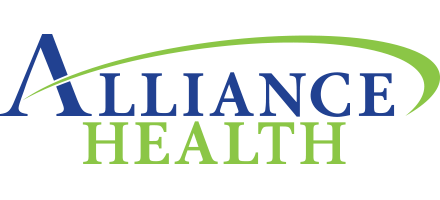Movement is Medicine: Sitting is the New Smoking? Wait, What?
The phrase was coined by Dr. James Levine, director of Mayo Clinic – Arizona State University Obesity Solutions Initiative. He and researchers all over the world have been studying the adverse effects of sedentary lifestyles. Their research has consistently found evidence that prolonged sitting increases the risk of developing diseases such as heart disease, type 2 diabetes and even cancer. Unfortunately, more recent research is repeatedly showing that the effects of prolonged sitting are not reversible with exercise or other good habits.
Here is a quick list of the effects of prolonged sitting on your health:
- Decreased metabolism (ability to burn calories): Bodies are designed to move so sitting for long periods of time slows your circulation and you burn less calories and fat. Your metabolism basically goes into storage mode.
- Suppression of genes that are responsible for preventing blood clotting and inflammation.
- Higher rates of depression.
- Tight, over stretched and weak muscles: Prolonged sitting results in shortened and tight hip, knee, and chest muscles. Over stretched muscles include our gluteals, and upper back muscles. Tight and over stretched muscles will become weak over time as they are not at their optimum length and tension.
- If you are an athlete or weekend warrior the amount of sitting you do during the day could be decreasing your performance by affecting muscle length and strength.
Tips to get out of your chair and get moving:
- Interrupt your sitting as often as possible and make frequent posture changes – breaks as little as 1-2 minutes can make improvements.
- Walk at lunch, on breaks, and during meetings. Take an extra lap when you walk to the restroom.
- Get rid of your wheeled office chair so that you have to get up more often.
- Use a standing desk or convert your current space to allow you to stand.
- Stand on public transportation or at your child’s recital or sports event.
Are you still sitting down?
Remember, movement is medicine!
If you have any questions about this article, contact Dr. Chris Telesmanic, PT, DPT, OCS at chris@alliancehealthfresno.com. Learn more about movement, fitness and health in this space each week or by visiting www.alliancehealthfresno.com, or calling 478-5833.
This article first appeared in the Hanford Sentinel, Movement is Medicine column, written by Alliance Health.



